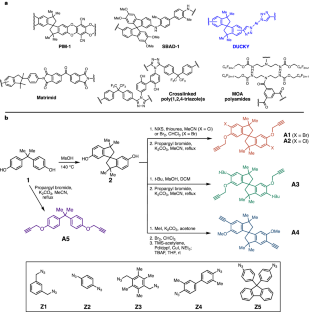2023-10-16 カリフォルニア大学校アーバイン校(UCI)
◆この風の影響は重要ですが、地球温暖化の異なる影響により、北半球と南半球では異なる結果が生じています。グリーンランドでは、風による表面融解が、暖かさによりさらに増加しており、総表面氷の融解は34%増加しています。一方、アンターシャでは、風による融解が減少し、アンターシャ半島の氷棚が崩壊したことが大きな要因です。
◆氷河の融解は海面上昇に影響を与えており、これらの研究は地球の気候モデルの精度向上に寄与することが期待されています。グリーンランドとアンターシャの氷河の変化をモニターし、風と氷の関係を理解することが、将来の海面上昇を予測するために重要です。
<関連情報>
- https://news.uci.edu/2023/10/16/ice-sheet-surface-melt-is-accelerating-in-greenland-and-slowing-in-antarctica/
- https://agupubs.onlinelibrary.wiley.com/doi/10.1029/2023GL102828
グリーンランドと南極の氷床における風による融解の傾向とコントラスト Wind-Associated Melt Trends and Contrasts Between the Greenland and Antarctic Ice Sheets
Matthew K. Laffin, Charles S. Zender, Melchior van Wessem, Brice Noël, Wenshan Wang
Geophysical Research Letters Published: 29 August 2023
DOI:https://doi.org/10.1029/2023GL102828

Abstract
Föhn and katabatic winds (downslope winds) can increase ice sheet surface melt, run-off, and ice-shelf vulnerability to hydrofracture and are poorly constrained on the Greenland and Antarctic ice sheets (GIS and AIS). We use regional climate model simulations of the GIS and AIS to quantify and intercompare trends in downslope winds and associated melt since 1960. Results reveal surface melt associated with downslope wind is significant on both the GIS and AIS representing 27.5 ± 4.5% and 19.7 ± 3.8% of total surface melt respectively. Wind-associated melt has decreased 31.8 ± 5.3% on the AIS while total melt decreased 15.4 ± 2.4% due to decreased föhn-induced melt on the Antarctic Peninsula and increasing stratospheric ozone. Wind-associated melt has increased 10.3 ± 2.5% on the GIS, combining with a more positive North Atlantic Oscillation and warmer surface to increase total melt 34 ± 5.8%.
Key Points
- Föhn and katabatic winds (downslope winds) and associated surface melt are prominent features on the Greenland and Antarctic ice sheets
- Surface melt trends associated with downslope winds have increased on the Greenland ice sheet and decreased on the Antarctic ice sheet
Plain Language Summary
Föhn and katabatic winds (wind that travels downslope) can increase ice sheet surface melt that increases sea levels and ice-shelf vulnerability. We use regional climate model simulations of the Greenland and Antarctic (GIS and AIS) to identify trends in downslope winds and associated melt since 1960. Results reveal surface melt associated with downslope winds is significant on both the GIS and AIS representing 27.5 ± 4.5% and 19.7 ± 3.8% of total surface melt respectively. Wind-associated melt has decreased 31.8 ± 5.3% on the AIS while total melt has decreased 15.4 ± 2.4% due to decreased föhn-induced melt on the Antarctic Peninsula and increasing stratospheric ozone that decreases sunlight at the surface. Wind-associated melt has increased 10.3 ± 2.5% on the GIS, combining with warmer surface temperatures to increase total melt 34 ± 5.8%.



